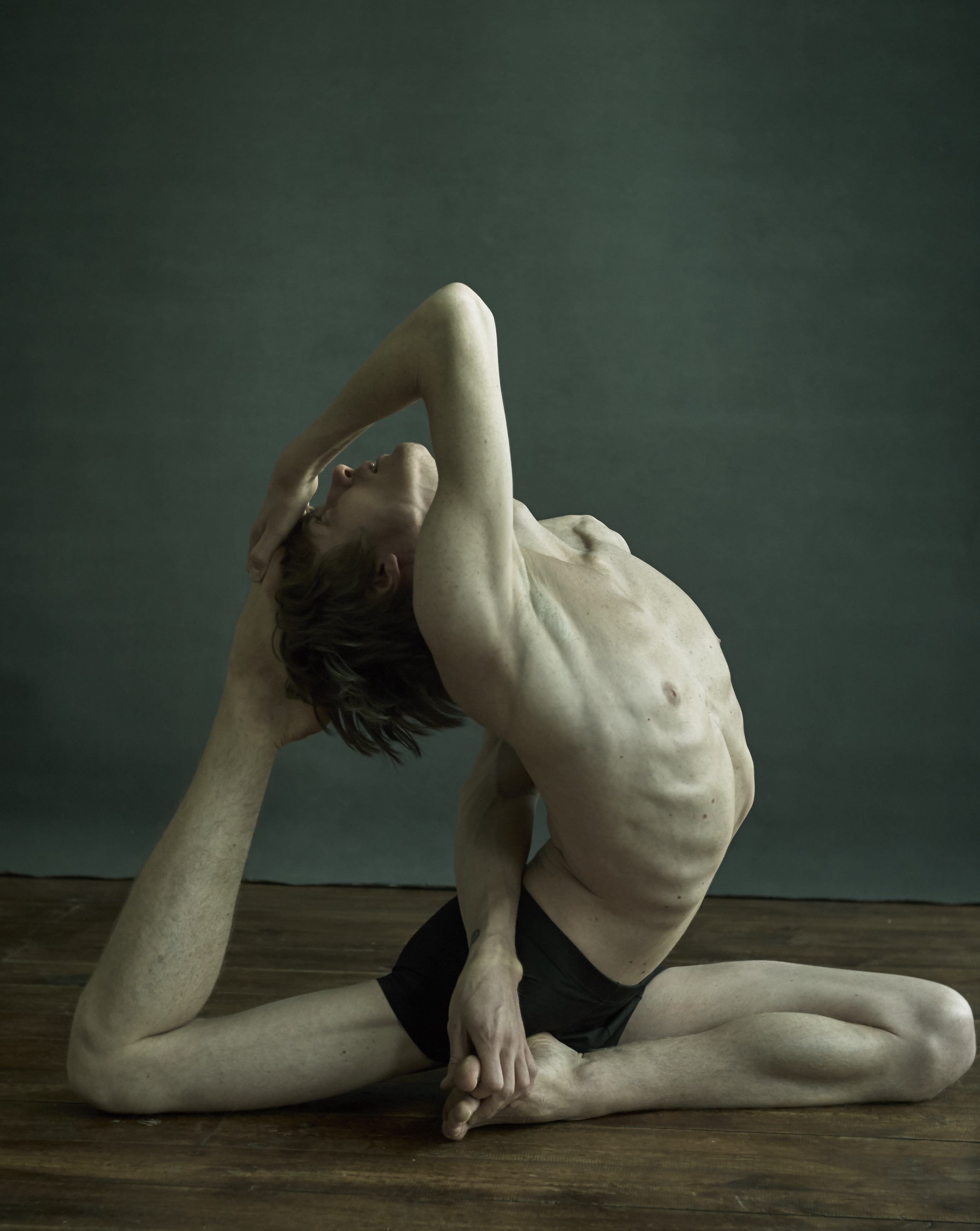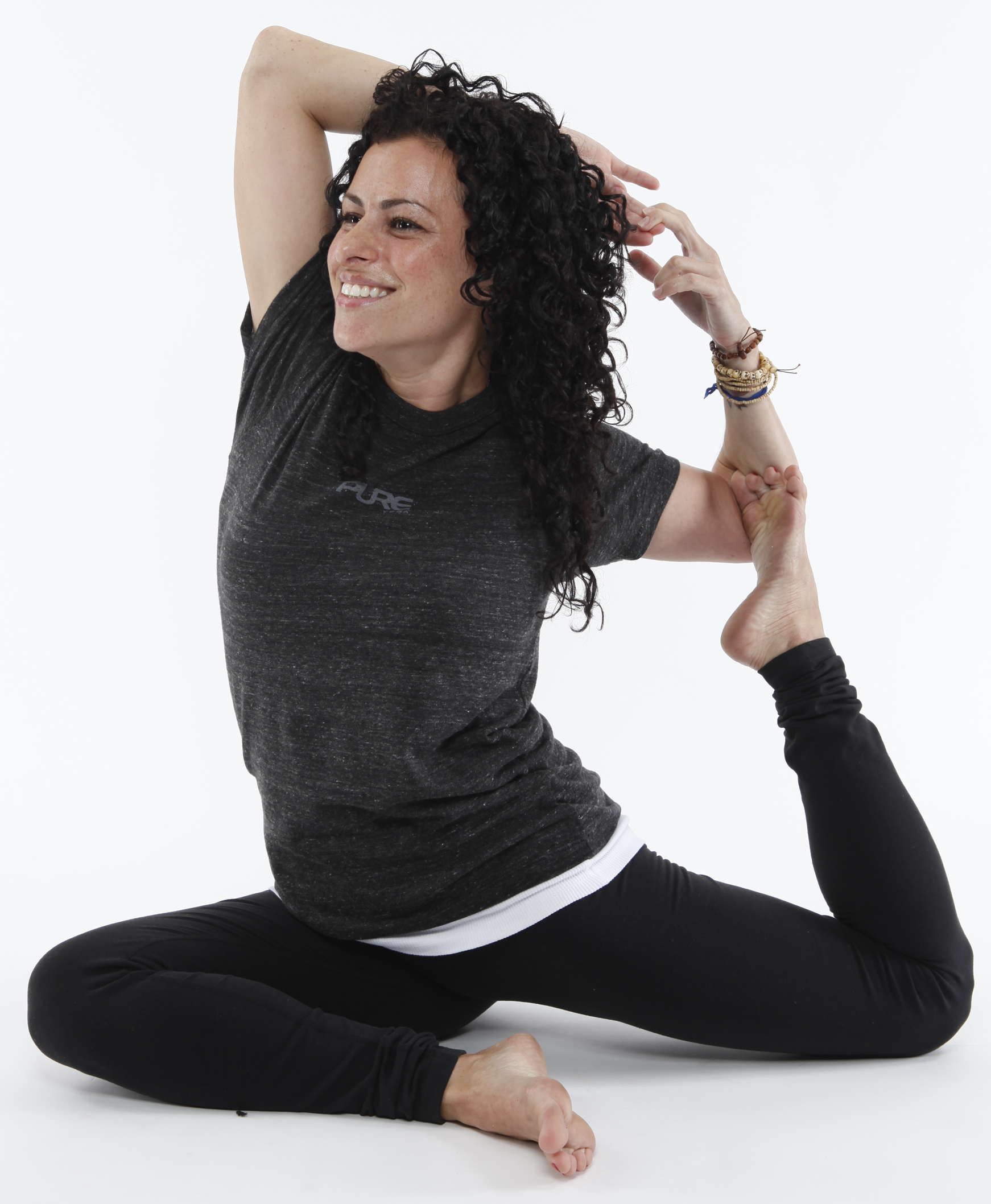Rajakapotasana on:
[Wikipedia]
[Google]
[Amazon]
 Eka Pada Rajakapotasana (; ), Rajakapotasana, or ne-leggedKing Pigeon Pose is a seated back-bending
Eka Pada Rajakapotasana (; ), Rajakapotasana, or ne-leggedKing Pigeon Pose is a seated back-bending
 Starting from sitting in
Starting from sitting in
File:Kapotasana-Yoga-Posture-Pigeon.jpg, In this variation, the rear foot hooks the arm on the same side.
File:IMG 0585 2-- Swan.jpg, Swan Pose in Yin Yoga is similar to Salamba Kapotasana. For the 'sleeping' variant, the body is reclined forwards over the bent leg.
File:Aerial Yoga.jpg, Aerial yoga class practising Flying Pigeon Pose, a hammock-supported variant
File:Taube2a (cropped).jpg, Variation with both hands grasping the rear foot
 Eka Pada Rajakapotasana (; ), Rajakapotasana, or ne-leggedKing Pigeon Pose is a seated back-bending
Eka Pada Rajakapotasana (; ), Rajakapotasana, or ne-leggedKing Pigeon Pose is a seated back-bending asana
An āsana (Sanskrit: आसन) is a body posture, originally and still a general term for a sitting meditation pose,Verse 46, chapter II, "Patanjali Yoga sutras" by Swami Prabhavananda, published by the Sri Ramakrishna Math p. 111 and late ...
in modern yoga as exercise
Yoga as exercise is a physical activity consisting mainly of asana, postures, often connected by vinyasa, flowing sequences, sometimes accompanied by pranayama, breathing exercises, and frequently ending with savasana, relaxation lying down or ...
. The Yin Yoga form of the asana is named Swan Pose, while the Aerial yoga variant, supported in a hammock, is called Flying Pigeon Pose. The basic pose is described in the 20th century by two of Krishnamacharya
Tirumala Krishnamacharya (18 November 1888 – 28 February 1989) was an Indian yoga as exercise, yoga teacher, ayurvedic healer and scholar. He is seen as one of the most important gurus of modern yoga, and is often called "Father of Modern ...
's pupils, Pattabhi Jois
K. Pattabhi Jois (26 July 1915 – 18 May 2009) was an Indian Modern yoga gurus, yoga guru who developed and popularized the vinyasa, flowing style of yoga as exercise known as Ashtanga (vinyasa) yoga. In 1948, Jois established the Ashtanga Yo ...
and B. K. S. Iyengar
Bellur Krishnamachar Sundararaja Iyengar (14 December 1918 – 20 August 2014) was an Indian teacher of yoga and author. He is the founder of the style of yoga as exercise, known as " Iyengar Yoga", and was considered one of the foremost yoga ...
; several other variants have been created. It is one of the yoga poses often used in advertising to convey desired qualities such as flexibility and grace.
Etymology and origins
The name comes from the Sanskrit words () meaning "one"; () meaning "foot", () meaning "king", () meaning "pigeon" and () meaning "posture" or "seat". The pose is described in the 20th century by two ofKrishnamacharya
Tirumala Krishnamacharya (18 November 1888 – 28 February 1989) was an Indian yoga as exercise, yoga teacher, ayurvedic healer and scholar. He is seen as one of the most important gurus of modern yoga, and is often called "Father of Modern ...
's pupils, Pattabhi Jois
K. Pattabhi Jois (26 July 1915 – 18 May 2009) was an Indian Modern yoga gurus, yoga guru who developed and popularized the vinyasa, flowing style of yoga as exercise known as Ashtanga (vinyasa) yoga. In 1948, Jois established the Ashtanga Yo ...
in his Ashtanga Vinyasa Yoga
Ashtanga yoga (not to be confused with Patanjali's '' aṣṭāṅgayoga'', the eight limbs of yoga) is a style of yoga as exercise popularised by K. Pattabhi Jois during the twentieth century, often promoted as a dynamic form of medieval ha ...
, and B. K. S. Iyengar
Bellur Krishnamachar Sundararaja Iyengar (14 December 1918 – 20 August 2014) was an Indian teacher of yoga and author. He is the founder of the style of yoga as exercise, known as " Iyengar Yoga", and was considered one of the foremost yoga ...
in his '' Light on Yoga''.
Description
 Starting from sitting in
Starting from sitting in Dandasana
Pashchimottanasana (), Seated Forward Bend, or Intense Dorsal Stretch is a seated forward-bending asana in hatha yoga and modern yoga as exercise. Janusirsasana is a variant with one knee bent out to the side; Upavishthakonasana has the legs stra ...
(stick pose), one knee is bent, keeping the knee on the floor, so the foot is just in front of the groin, and the other leg is taken straight back. For the completed pose bend the knee of the rear leg, and grasp the foot or ankle with one or both hands. Rajakapotasana is described as strongly hip-opening, both increasing the outward rotation of the femur
The femur (; : femurs or femora ), or thigh bone is the only long bone, bone in the thigh — the region of the lower limb between the hip and the knee. In many quadrupeds, four-legged animals the femur is the upper bone of the hindleg.
The Femo ...
in the hip joint
In vertebrate anatomy, the hip, or coxaLatin ''coxa'' was used by Celsus in the sense "hip", but by Pliny the Elder in the sense "hip bone" (Diab, p 77) (: ''coxae'') in medical terminology, refers to either an anatomical region or a joint o ...
of the front leg, and lengthening the hip-flexing psoas muscle of the rear leg. The hip of the front leg can be supported by a repeatedly-folded blanket if it does not descend fully to the floor.
Variations
Of Rajakapotasana I
In Supporteding
Ing, ING or ing may refer to:
Art and media
* '' ...ing'', a 2003 Korean film
* i.n.g, a Taiwanese girl group
* The Ing, a race of dark creatures in the 2004 video game '' Metroid Prime 2: Echoes''
* "Ing", the first song on The Roches' 199 ...
Pigeon or Salamba Kapotasana, the rear leg is straight out and the hands are on the ground beside the hips, reducing the backbend. If comfortable, the back may be arched and the gaze directed straight upwards.
In Sleeping Pigeon (or Sleeping Swan in Yin Yoga), the rear leg is straight with the body and arms stretched forwards over the bent forward leg. This pose is sometimes named "Pigeon", but it is a different pose from the advanced kneeling backbend of Kapotasana.
In Aerial yoga, Flying Pigeon Pose is a hammock-supported variant with one foot hooked across the front of the hammock.
The pose can be practised with the rear knee against a wall, the lower leg vertical with a strap around the foot, working towards the full pose. The strap is grasped with both hands, the arms reversed so that the elbows point upwards.
Eka Pada Rajakapotasana II, III, and IV
For Eka Pada Rajakapotasana II, the hands and the rear foot are as for Rajakapotasana I, but the sole of the front foot is on the floor in front of the hip, and the front knee is sharply bent with the knee forwards of the foot; the hips are off the ground. In Eka Pada Rajakapotasana III, the hands and the rear foot are as for Rajakapotasana I, but according to Iyengar Yoga the front knee points forwards, with the front foot and lower leg on the ground beneath the thigh. For Eka Pada Rajakapotasana IV, the hands and the rear foot are as for Rajakapotasana I, but the front foot is stretched straight forwards along the ground. The pose may be practised using props: the rear lower leg vertically up a wall, ayoga block
Yoga (UK: , US: ; 'yoga' ; ) is a group of Asana, physical, mental, and Spirituality#Asian traditions, spiritual practices or disciplines that originated with Yoga (philosophy), its own philosophy in History of India, ancient India, aime ...
under the sitting bones, another block if needed under the front leg, and a strap between the hands and the rear foot.
See also
* Anjaneyasana, the closely related Crescent Moon pose, with the front foot on the floor and the front knee raised * Kapotasana, Pigeon poseReferences
{{Yoga as exercise Backbend asanas Hip-opening asanas Asymmetric asanas